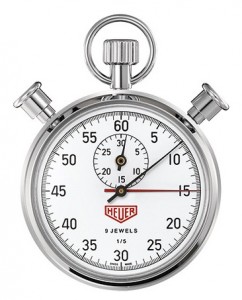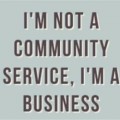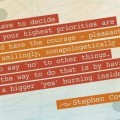#7 Lunch and learn: How to keep a timesheet and get better managing your time
Written by Julia Bickerstaff // February 20, 2012 // Daily Juice // No comments
A basic time sheet to record how you spend your time

Why it works
We are hopeless estimators of the time it takes to do things, and the time – in total – that we work.
But if we want to get more efficient we need to start with a fairly accurate view of where our time is going in the first place.
This time sheet exercise give us, in gory detail, the places where we are haemorraghing time. Then we just need to work on fixing it!
What you do
I think this exercise is most valuable if, before you start the timesheet-keeping process ,you make a guesstimate of how much time you spend in all the areas of your business in a month.
Then, when you’ve finished the timesheet-keeping, you will compare the actual time spent with your guesstimate. The differences between actual and guesstimate will tell you heaps about how accurate you are at estimating time and where in particular you over and underestimate the time tasks take in your business.
And so to the timesheet keeping:
At it’s most basic you can keep a time sheet on a piece of paper and do this:
- Every half an hour (or shorter period if you are doing a lot of different tasks) note what you have been working on
- At the end of the day summarise where your time has been spent. For example you might add up all the ‘half hours’ and find you have spent two hours packing product for shipping, one hour talking to suppliers, two hours in customer meetings and one hour doing invoicing.
- Do this every day for a month (yes, a month!) and pop each day’s timesheet in a file
- At the end of the month summarise how you have spent the month. At this point I think it’s really so much easier if you do this on a spreadsheet than manually, even if you are not a spreadsheet sort of person.
- Look over the summary. What’s taken you by surprise? Where did you spend most of your time? What didn’t you do much of? How many hours in total did you work?
- Now compare your summary with the guesstimate you did before the timesheet-keeping. Where have you spent more time than you expected? Where have you spent less? What does this tell you about how you estimate time?
If you are happy to use a basic spreadsheet throughout then the whole timesheet keeping thing becomes much easier. Just set up a workbook with a new sheet for each day of the month. That way you can easily sum the half hours on a daily basis and by week etc. Lots of opportunity to play around with the figures if you like, and you can do graphs etc if you want to get really carried away!
Of course there are time sheet apps you can use but for this exercise it’s all about simplicity and the discipline of actually recording your time, rather than anything fancy.
I still do this every so often and always get a sharp reminder of how even the little jobs take longer than I expect. And that’s enough to get me focusing again on being efficient!

Fancy getting a weekly Snack of sweet stuff for your small business? Just pop your details in below.






















